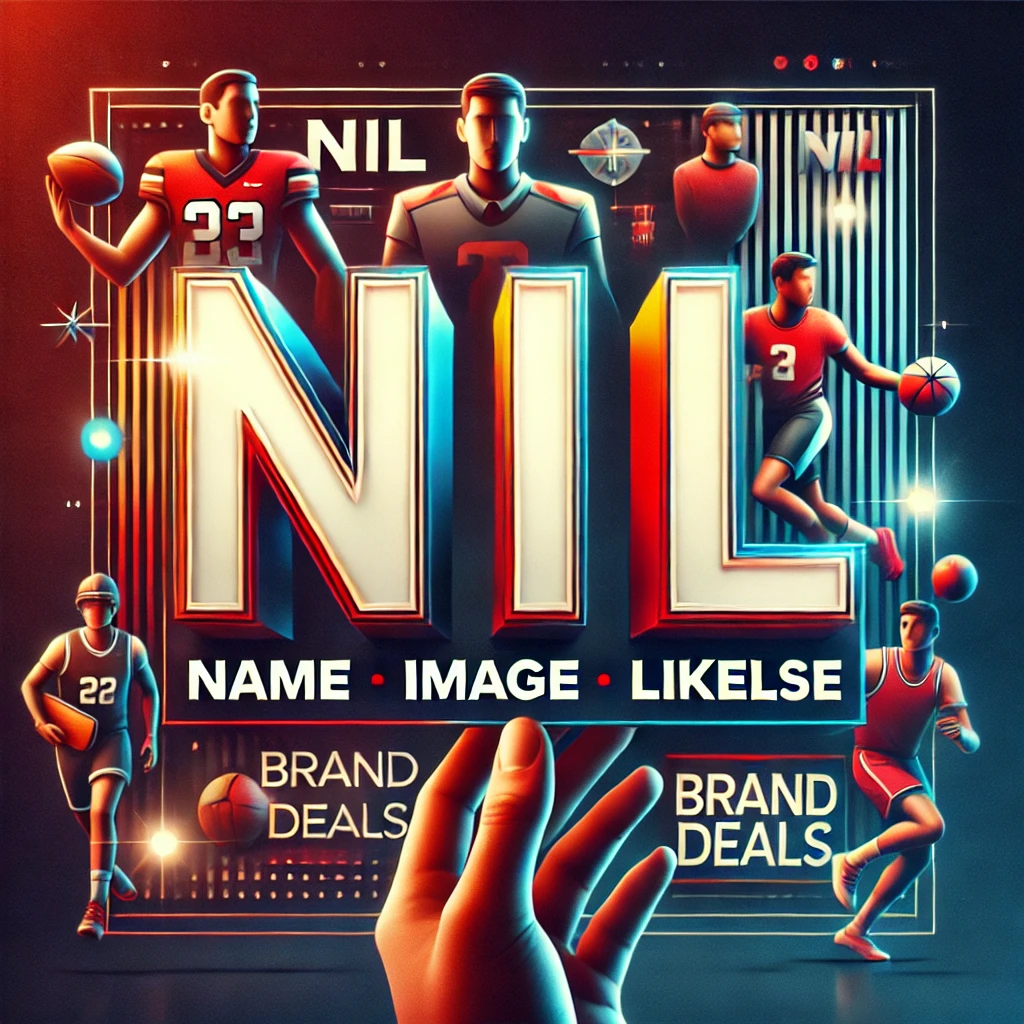
In recent years, the landscape of college athletics has been impacted significantly with the introduction of Name, Image, and Likeness (NIL) rights. Officially enacted on July 1, 2021, these regulations allow college athletes to profit from their personal brands, enabling them to secure sponsorships, endorsements, and other forms of financial compensation. However, this shift raises important questions about the financial dynamics of college sports and NIL. Join me as we delve into the financial impact of NIL, exploring average earnings and highlighting the top earners in this new landscape, and what factors affect earnings.
The biggest earners in the NIL world are often athletes in sports like football and basketball, with some making more than $5 million a year through brand deals. Notable outliers from other sports also stand out; for example, Livvy Dunne, a gymnast at LSU, has become one of the highest earners, with deals totaling over $3 million annually, largely due to her massive social media following. Athletes like Dunne illustrate that success in NIL isn’t limited to traditional major sports.
Many top athletes rely heavily on their online presence to boost earnings. Athletes with over a million followers on Instagram or TikTok can earn between $500,000 and $2 million just by promoting products. Even athletes in sports like women’s gymnastics or volleyball can earn over $100,000 a year through NIL deals by leveraging strong fan bases. While football and basketball players tend to dominate NIL deals, non-traditional sports are growing rapidly, thanks in part to the power of social media and fan bases.
Since NIL became legal in July 2021, deals have skyrocketed. Initially, the average athlete earned around $20,000 per deal, with only the very best athletes landing six-figure contracts. By the end of 2022, the typical deal had grown to $50,000, showing increased competition among companies to sign athletes. By 2023, the average amount earned had jumped to $200,000, with the top 25% of athletes making over $862,500, as illustrated in the boxplot below. Major brands like Nike and Gatorade significantly boosted these numbers by partnering with high-profile athletes. NIL earnings also spike when sports seasons start, especially in football and basketball, as athletes become more visible and valuable to sponsors. Over time, athletes have learned to take full advantage of NIL opportunities, while companies have become more aggressive in signing athletes to deals. At the highest level, athletes are now earning up to about $5 million a year from these deals, as highlighted in the graph below.
Several key factors influence how much an athlete can earn from NIL deals, such as social media following, team performance, and location. Athletes on top ranked teams or those that compete in national championships tend to secure more lucrative deals. Playing in major cities or well-known areas can also lead to higher earnings, as athletes in cities like Los Angeles or New York enjoy increased exposure. Lastly, athletes who connect with fans—whether through social media or strong marketability—tend to attract larger deals from brands.
The world of Name, Image, and Likeness (NIL) deals has changed dramatically since its inception, opening up remarkable opportunities for college athletes across various sports. With top earners reaching impressive figures—some even surpassing $5 million annually—it’s clear that athletes are leveraging their talents and social media influence to maximize their earnings. As the NIL market continues to grow, driven by brand partnerships and evolving regulations, athletes who engage fans and showcase their personal brands will likely secure the most lucrative deals. Looking ahead, the evolution of NIL will reshape the way we view college athletics, making it essential for fans, athletes, and brands to adapt to this exciting new era.
